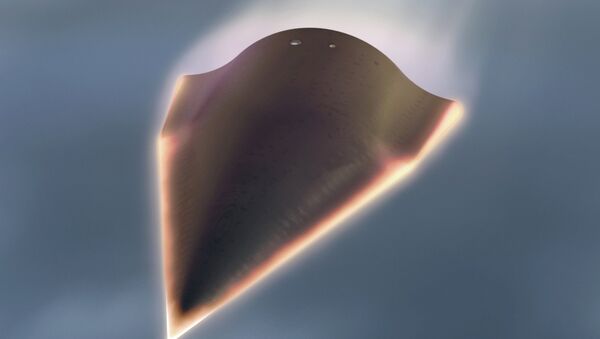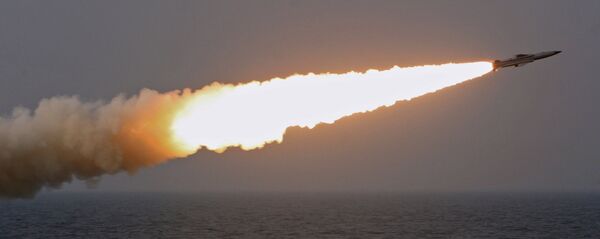The threat of Russian hypersonic glide vehicles, aircraft reportedly armed with ICBMs that can penetrate even America’s elite anti-missile defense apparatus, has US defense officials ushering a call for a renaissance in America’s military to upgrade systems to counter the potential threats of tomorrow.
Speaking at the Space and Missile Defense Symposium, Adm. Cecil Haney, the commander of US Strategic Command (STRATCOM) focused in on this perceived military challenge.
"Hyper-glide vehicle research and development are also challenging our planning," said Adm. Haney. "The ability to find, fix and track and hold… these types of capabilities are becoming increasingly more difficult. Hyper-glide vehicle technology can complicate our sensing and our defensive approaches.'
According to weapons industry publication Defense News, "the threat [of hypersonic glide vehicles] came up in almost every speech from the Missile Defense Agency director to the Army’s acquisition chief to the US Strategic Command commander over the course of the first two days of the show."
The commentary follows announcements that Russia has successfully tested a Mach 10 (7,680 MPH or 12,360kmh) hypersonic glide vehicle with a report last week that the system may soon be "ready for action" leading the United States to perceive a growing capability gap vis-à-vis Moscow in the area of avionics. Defense industry insiders have seized on the perceived Russian threat to encourage investors that the US defense and weapons industry remains a growth sector while career military leaders are using it as a clarion call to increase American defense appropriations.
Moscow is not alone in its pursuit of hypersonic weapons although the growing fear of Russia stoked by the rhetoric of the 2016 presidential election has helped to create a sense of urgency with leaders and industry insiders focused on the Kremlin.
“Russian press claims Russia successfully tested a hypersonic vehicle on an SS-19 intercontinental ballistic missile in April this year,” said Mark Clark, the director of the Missiles and Space Intelligence Center seizing on the growing Cold War sentiment among Beltway insiders that Moscow poses a threat.
The US, China, and India are also pursuing projects for comparable vehicles, but much remains unknown about the progress of those other efforts to develop and utilize the new-age weaponry.




